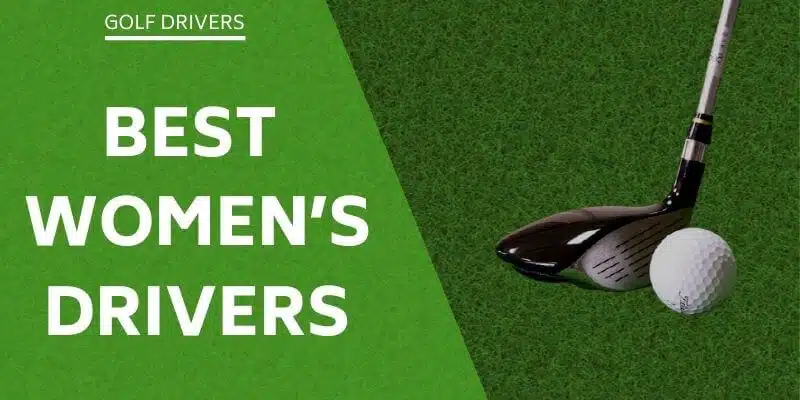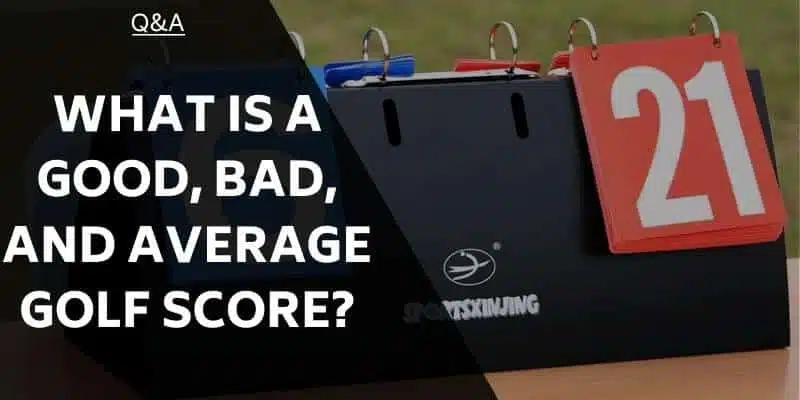Using the right golf grip to suit your hands and grip can go a long way to improve your swing and better your scores. Expect to find yourself playing from the short grass more often when you have the right grips on your club.
When closing your hands around a good fitting golf grip your fingers should touch the base of your hand when fully wrapped around the grip. Grips that are too wide will prevent your fingers from touching the base of your hand. Grips that are too small will result in your fingers and the base of your hand overlapping.
Grips that are too wide or too small will result in you losing the amount of control you can exercise on the grip and make the club feel uncomfortable in your hands.
To prevent the club from slipping out of your hand, manufacturers taper the grip from a thinner bottom near the open part of the shaft to a wider cap at the butt end of the shaft.
Measurements of golf grips are done on the outer diameter and the inner diameter to determine which of the six available sizes would suit you best.
Although there is no standard in the golfing industry for golf grips, most manufacturers base their outer diameter sizing around a 1-inch diameter grip. A larger outside diameter in the leading hand boosts lighter grip pressure and thus reduces tension for a silky-smooth swing.
Larger grips such as midsize, oversize, and jumbo have become popular and are generally between 1/8 of an inch to 3/8 of an inch larger in diameter than standard grips.
Smaller, ladies or junior grips generally measure between 0.8 and one inch in diameter.
Inner diameter refers to the core size of the grip and generally measures 0.580 inches and 0.600 inches to fit tightly on the shaft. The thicker the shaft on your club, the larger the inner diameter of the grip must be.
Bubble shafts can measure as much as 0.8 inches or more.
The best place to measure your hands is from the base of your wrist to the tip of your middle finger.
Golfers with big hands measuring longer than 9 ¼ inches or wear extra-large gloves are best suited by Oversize or Jumbo grips.
Hands measuring between 8 ¼ and 9 ¼ inches or use large gloves would be best suited by midsize grips.
A standard grip is used by most golfers and is suitable for hands measuring between 7 and 8 ¾ inches and use medium gloves.
Hands measuring less than 7 inches will do best with junior grips.
Tapered grips come in 4 options
Tapered Grip
Most grips come standard tapered butt end (cap) to tip decreasing in size by 20% to 25% from the cap to the tip.
Reduced Taper Grip
Reduced taper is similar to tapered grips but has approximately 20% less taper than a tapered grip. The cap end is similar in size to a tapered grip, but the tip is slightly larger than a tapered grip.
Non-Tapered Grip
With non-tapered grips, the size of the grip remains the same from the cap end to the tip to reduce wrist action and grip pressure.
Reverse Tapered Grips
Reverse tapered is the opposite of tapered grips with the tip end being larger than the cap end. The purpose of the reverse taper is ideal for game improvement irons to stabilize the trailing hand adding more pressure to your leading hand. Reverse taper generally allows golfers to use game improvement irons to heighten clubhead speed.
Tapered Grip Advantages
An advantage of tapered grips is that it is the most used standard grip and will save you money as you don’t have to replace it when purchasing a new set of clubs.
Furthermore, clubs are less likely to slip out of your hands with tapered grips.
Non-Tapered Grip Advantages
Not all people have hands that are the exact same size and therefore find tapered grips uncomfortable in the trailing hand when the tip end is thinner than the cap.
Non-taper grips remove most of the wrist action to offer a silky swing.
Reduced Tapered Grip Advantages
For increased accuracy and swing control reduced taper to produce a reduced amount of pressure on the bottom end of the grip.
Ideally, you should use the same taper throughout all the clubs in your bag, with the exception maybe of your putter.
The longer clubs in your bag such as woods may come with a thinner grip to accommodate the extra speed at which these clubs are swung.
As mentioned above, the putter may differ in taper to reduce the amount of wrist movement. This is quite possibly the reason for the number of putters that now come standard with Jumbo grips.
Final Thoughts
To play your best golf you need your equipment to suit your body style and measurements.
Make sure that the grip on your clubs is suitable for your body dimensions and produces a comfortable grip to increase your confidence when facing a stressful shot of the first tee.
Which grip do you use? Do you feel that the club is comfortable? Your thoughts on how your grip influences your swing would be appreciated in the comments section below.
Related Articles
- Which Are The Most Used Golf Grips On Tour?
- Can An Oversized Golf Grip Improve Your Game?
- How To Clean Golf Grips And Extend Your Golf Club’s Life
- The Best Golf Grips For Drivers in 2023
Nick is the founder of GolfSpan and an avid golfer. He's not quite a pro but has over 15 years of experience playing and coaching golfers worldwide. His mission is to bring the golfing community a better experience when it comes to choosing the right golf gear and finding the right setup for your game.






